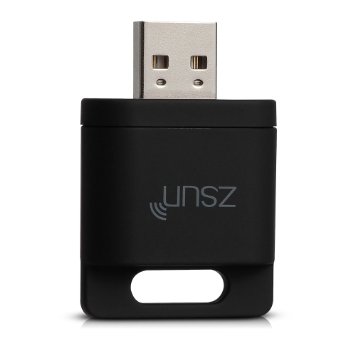A couple of weeks ago a friend introduced me to a dirt cheap wifi enabled mains switch. I’ve been creating my own wifi switches for a few years now but at $5 it is not worth it anymore for me to spend time adding electronic modules to make one.

The original device comes loaded with a firmware that can be used with a specific piece of software. Now I don’t know about you, but I rather run my own stack of software on it because I do have some trust issues, specially when I have no idea who’s behind the software development.
Fortunately there are several tutorials that you can explain everything you need to know to upload a custom firmware. This was the one that I used. TL;DR: solder a 5 pin 0.1in header to access the UART port and use one of those usb->uart converters.
My requirements were pretty simple: A tiny webserver should be up and running ( connecting to my home network ) exposing two or three endpoints ( enable, disable, status ). This is the result:
#include <ESP8266WiFi.h> #include <WiFiClient.h> #include <ESP8266WebServer.h> #include <ESP8266mDNS.h> const char* ssid = "....."; const char* password = "....."; ESP8266WebServer server(80); const int led = 13; bool relayOn = false; void handleRoot() { digitalWrite(led, 1); server.send(200, "text/plain", "hello from Sonoff\nRelay status:" + ( relayOn ? String("ON") : String("OFF") ) ); digitalWrite(led, 0); } void handleNotFound() { digitalWrite(led, 1); String message = "File Not Found\n\n"; message += "URI: "; message += server.uri(); message += "\nMethod: "; message += (server.method() == HTTP_GET) ? "GET" : "POST"; message += "\nArguments: "; message += server.args(); message += "\n"; for (uint8_t i = 0; i < server.args(); i++) { message += " " + server.argName(i) + ": " + server.arg(i) + "\n"; } server.send(404, "text/plain", message); digitalWrite(led, 0); } void setup(void) { pinMode(led, OUTPUT); pinMode(12, OUTPUT); digitalWrite(led, 0); Serial.begin(115200); WiFi.begin(ssid, password); Serial.println(""); // Wait for connection while (WiFi.status() != WL_CONNECTED) { delay(500); Serial.print("."); } Serial.println(""); Serial.print("Connected to "); Serial.println(ssid); Serial.print("IP address: "); Serial.println(WiFi.localIP()); if (MDNS.begin("esp8266")) { Serial.println("MDNS responder started"); } server.on("/", handleRoot); server.on("/enable", []() { turnOn(); server.send(200, "text/plain", "Relay enabled"); }); server.on("/disable", []() { turnOff(); server.send(200, "text/plain", "Relay disabled"); }); server.on("/toggle", []() { toggleRelay(); if ( relayOn ) server.send(200, "text/plain", "Relay enabled"); else server.send(200, "text/plain", "Relay disabled"); }); server.onNotFound(handleNotFound); server.begin(); Serial.println("HTTP server started"); } void loop(void) { server.handleClient(); } void turnOn() { digitalWrite(12, HIGH); relayOn = true; } void turnOff() { digitalWrite(12, LOW); relayOn = false; } void toggleRelay() { if ( relayOn ) { digitalWrite(12, LOW); relayOn = false; } else { digitalWrite(12, HIGH); relayOn = true; } }
There’s a GPIO pin that you can use for things like 1wire protocol devices ( e.g. ds18b20 temperature sensor, or a DHT22/11 ). I’m planing to add that to this simple sketch. In the meantime feel free to check out the repository . All of the updated will be there.
PS: Yes, I know the code is ugly, but that was not the point. Feel free to change it and improve it!








